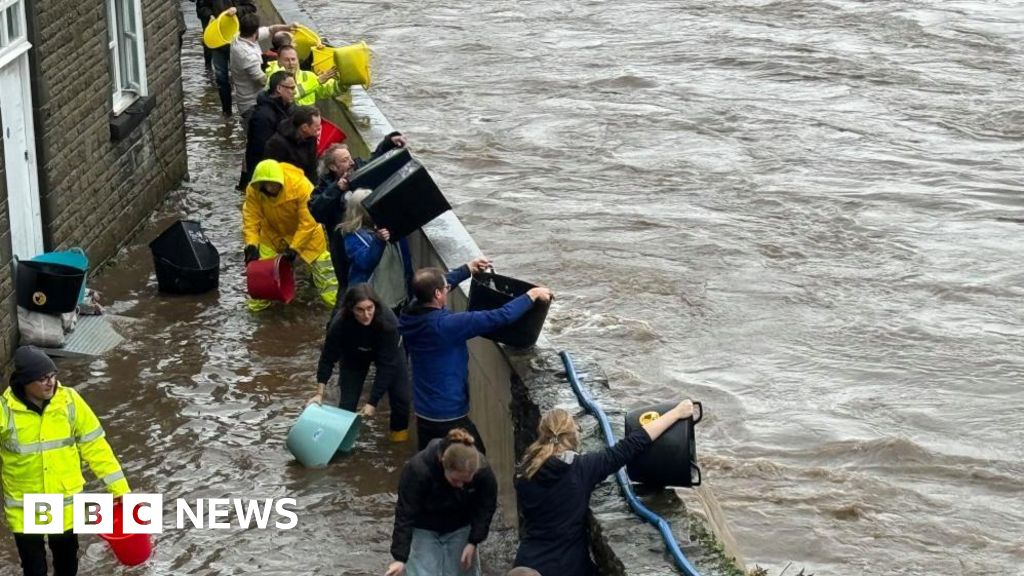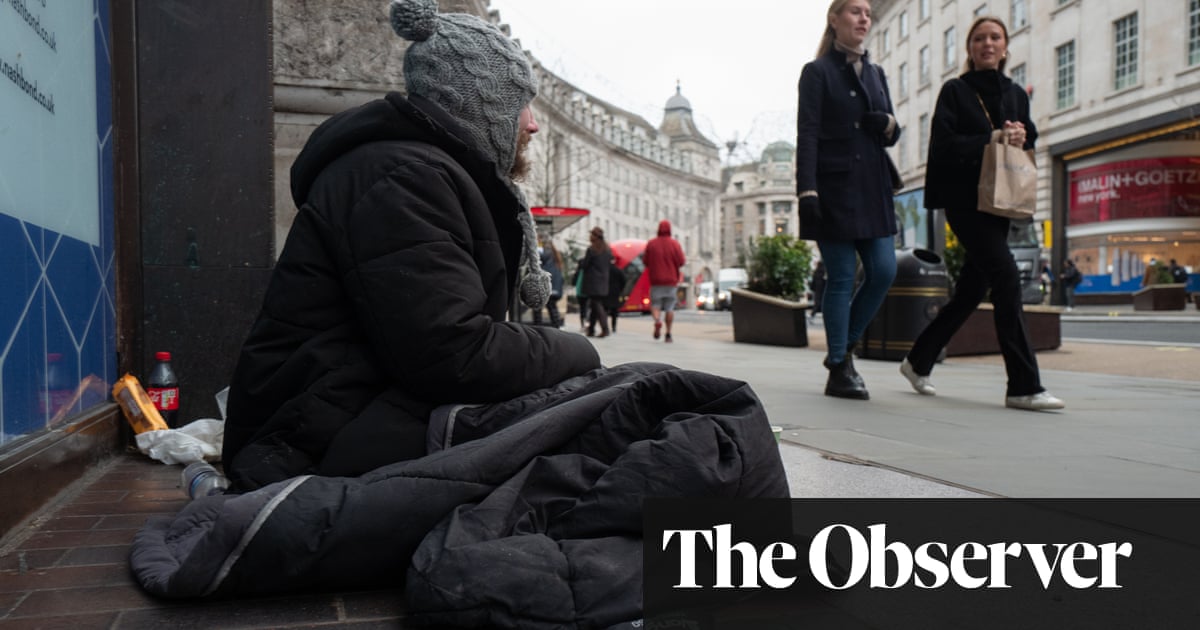Horoscope
A cyclist knocked down my disabled son and uttered the worst excuse

‘I couldn’t stop.’
The cyclist who ploughed into my six-year-old son Felix, full pelt on a pavement, uttered these words as he tried to explain away his actions.
Instead of telling him exactly how I felt, I managed to gasp, ‘You’ve hurt him.’
He had decided to skip the rush hour traffic at 5:30pm on Kensington High Street and chose what he thought was a quicker option – the pavement. This led to him landing on top of Felix, as my son’s head smacked onto the ground.
While this would be terrifying for any parent to see, my son Felix has a rare disability, Glanzmann’s Thrombasthenia, a bleeding disorder that means his blood doesn’t clot without medical intervention. A bang or bump, just like this one, can result in life-threatening bleeds.
So in witnessing this reckless cyclist, I was completely frozen.
With Felix, our lives are full of happiness yet we have a whirlwind of hospital visits, admissions, and at home day and night care.
At any moment he can have a sporadic bleed from a mild knock or slight bang, and his mouth and nosebleeds can start for no reason at all. Because of this, we’ve had to leave children’s parties and family events immediately.

He has a port-a-cath – a device that is usually placed under the skin of the chest – for injection access. And with the support of Great Ormond Street Hospital, I’ve learnt to administer medication at home for a mild bleed – but the longer bleeds need to be maintained in a hospital environment.
Last New Year’s Eve, we sat in A&E chanting the midnight countdown with the nurses cheering and whooping as we watched the fireworks on TV. We’d booked a meal at a restaurant but as soon as we had finished eating a nosebleed started so off to hospital we went.
There wasn’t a single soul in the whole department, and we tried to make the best of it with a box of chocolates and a platelet transfusion to stop that bleed.
I would love to say this was an isolated incident but it’s not – it’s continuous. But still we keep positive, despite the difficulties.
Latest London news
To get the latest news from the capital visit Metro.co.uk’s London news hub.
So, when this cyclist collided with my son – so hard that the cyclist’s ear pods flew out – my world stood still.
There was a sudden commotion of office workers and shoppers asking if we were alright but I could barely speak.
I remember the cyclist just kept repeating ‘I couldn’t stop,’ as if that made his actions passable. All I could say was, ‘You should be able to stop,’ but I was shocked at his speed.

With the growing crowd around us, he seemed to just melt into the background. It wasn’t until I called my son’s specialist doctor that I realised the cyclist had disappeared. Theoretically, it was a hit-and-run.
Afterwards, friends told me I should have asked for his name and address. I should have told him how dangerous he was. But to my shock, all I could think of was getting Felix to hospital.
Felix was acting completely dazed and wasn’t responding to any communication, which terrified me. I knew we needed to get to the hospital immediately.
We got a taxi to A&E, where they gave Felix specialist injections of NovoSeven – a medication that alleviated his bleeding on his arm, and then he was rushed into the MRI room for a brain scan.
For a Glanzmann’s patient, a diagnosis of bleeding in the brain can be fatal.
I felt a surge of emotions from mad, sad and terrified at having to go through such an unnecessary ordeal. Felix appeared completely confused and was not speaking (another sign of bleeding in the head) and doctors were worried he was in shock.

Cycle accidents are no new thing, but I’ve noticed a rise in self-styled ambivalence and it’s a growing concern. Every day in London you see bikes speeding, skipping the lights or zig zagging across pavements.
While cycling is great for the environment and most cyclists are completely aware and safe, there are an increasing number that are not.
The exact number of pedestrians injured by cyclists in the UK is murky but official figures compiled by the Department of Transport indicate that 462 people were injured in collisions with pedal bike cyclists in 2022. Fifteen fatalities were recorded between 2016 and 2021.
MP Iain Duncan Smith has been campaigning for the last two years for a cycling equivalent to dangerous driving consequences for cyclists who jump lights, ride excessive speeds and bulldoze people.
Currently, cyclists are subject to the Road Traffic Act 1988, which means they can be convicted for careless or inconsiderate cycling, or the larger crime of dangerous cycling, for which the penalty is a maximum fine of £2,500. In 2023, only six people were convicted of this crime.

But cyclists can also be protected by an archaic, legal loophole.
That currently means cyclists who kill pedestrians are prosecuted under the ‘Offences Against the Person Act 1861’ – a law originally designed for horsedrawn carriages and meaning that the direct punishment for causing death via cycling is only a maximum of two years.
The last government proposed a ‘death by dangerous cycling’ law to make the rules more in line with drivers, but there is no indication this will be taken up by Keir Starmer’s administration.
This needs to change and it’s already too late for some.
In 2016, the cyclist that hit and killed pedestrian Kim Briggs was convicted under 1861 legislation and was sentenced on to just 18 months.
In 2022, Brian Fitzgerald was involved in a collision with 81-year-old Hilda Griffiths while riding his bike in Regents Park but was not convicted after her death.
Fitzgerald had been travelling at 25mph, but was not in contravention of the the Highway Code because speed limits do not apply to bicycles.
Ermir Loka, 23, killed 72-year-old Peter McCombie in a hit-and-run incident after jumping a red light. He was jailed for two years under the same, ancient legislation of ‘wanton and furious’ driving as the cyclist who killed Kim Briggs.
Luckily, my son’s brain scan came back clear. His bumps and bleeds were able to be dealt with at the hospital. But it could have been a very different story.
My wish is for the law to change around negligent cyclists who injure and kill people. For these crimes, they should be treated just as any dangerous driver would be.
And there should be speed limits enforced just as there are for drivers, prosecution for cycling the wrong way, penalties for jumping red lights and fines for cyclists who are on their phones.
And most importantly, if only for common sense – banned from cycling on the pavement.
If not for themselves, then for the innocent bystanders around them.
Do you have a story you’d like to share? Get in touch by emailing jess.austin@metro.co.uk.
Share your views in the comments below.
MORE: One word my brother repeated after his cancer diagnosis broke my heart
MORE: My 9-year-old told me off for sharing details of her life online
MORE: Mother told ‘cruel’ baby name will make her son’s life harder










